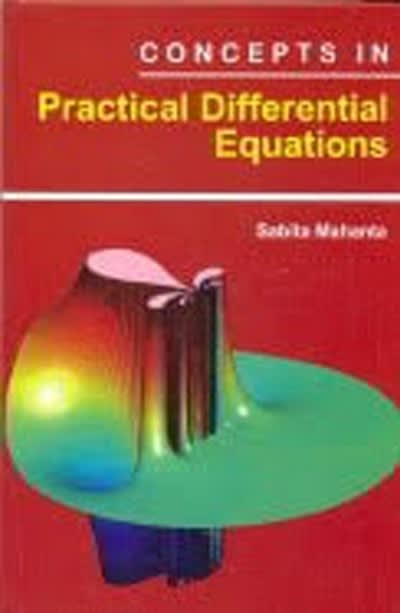Question
Consider a standard 52 card deck of playing cards. In total there are 26 cards that are Red . The remaining 26 cards are not
Consider a standard 52 card deck of playing cards. In total there are 26 cards that areRed. The remaining 26 cards are notRed. Suppose that we reduce the number of cards in the deck by
- removing five of theRedcards,
- removing two other cards that are notRed.
The cards that are removed are discarded and are not used for theremainder of this question.As such we now have a deck thatconsists of just 45 cards.
We then proceed as follows.A card is randomly chosen from the deck and it is noted whether or not that card isRed. This card is retained and NOT returned to the deck.A second card is then randomly chosen from the deck and once again it is noted whether or not this card isRed.LetR1 denote the event that the first card chosen isRedandR2 denote the event that the second card chosen isRed. What is the probability that none of the cards chosen areRed(ie: What is the probability that the first card chosen is notRedand the second card chosen is notRed)?
a. (24/45 * 21/44) +(21/45 * 24/44)
b. 21/45 *24/44
c. 24/45 *21/44
d. 24/45 * 23/44
e. 1 - (24/45 * 23/44)
Step by Step Solution
There are 3 Steps involved in it
Step: 1

Get Instant Access to Expert-Tailored Solutions
See step-by-step solutions with expert insights and AI powered tools for academic success
Step: 2

Step: 3

Ace Your Homework with AI
Get the answers you need in no time with our AI-driven, step-by-step assistance
Get Started


